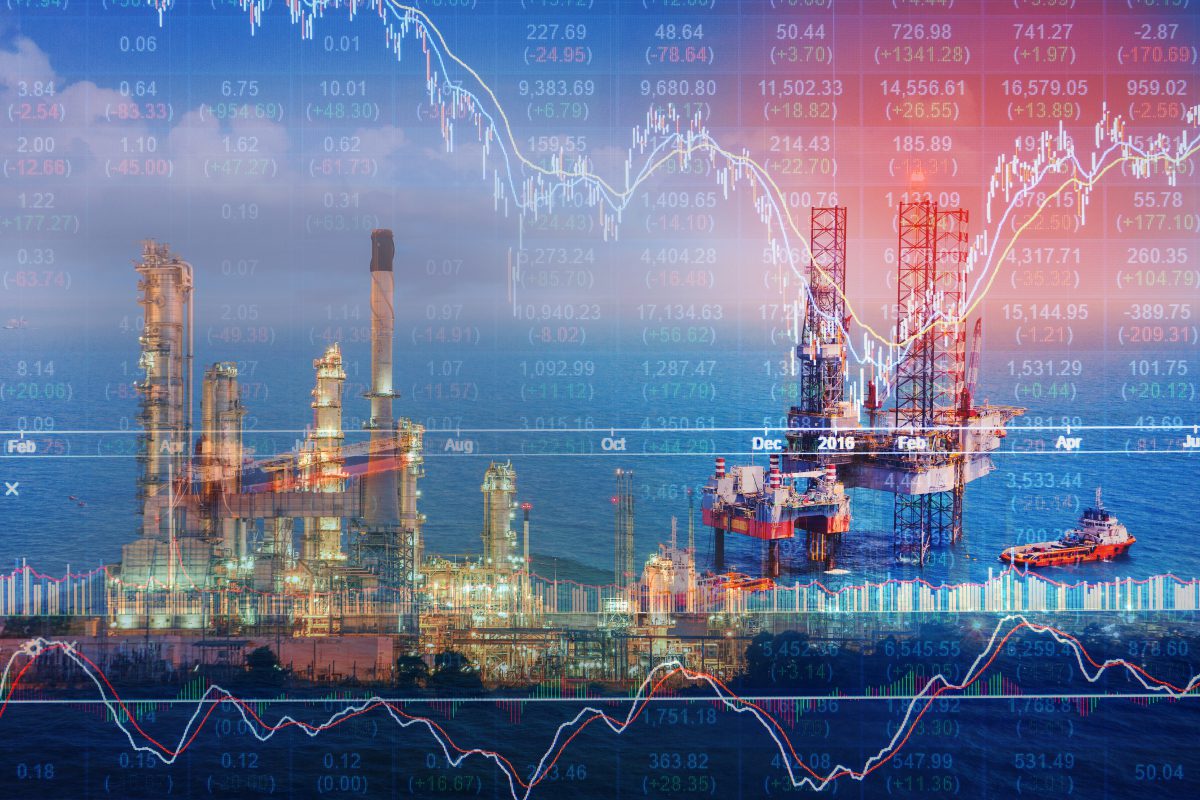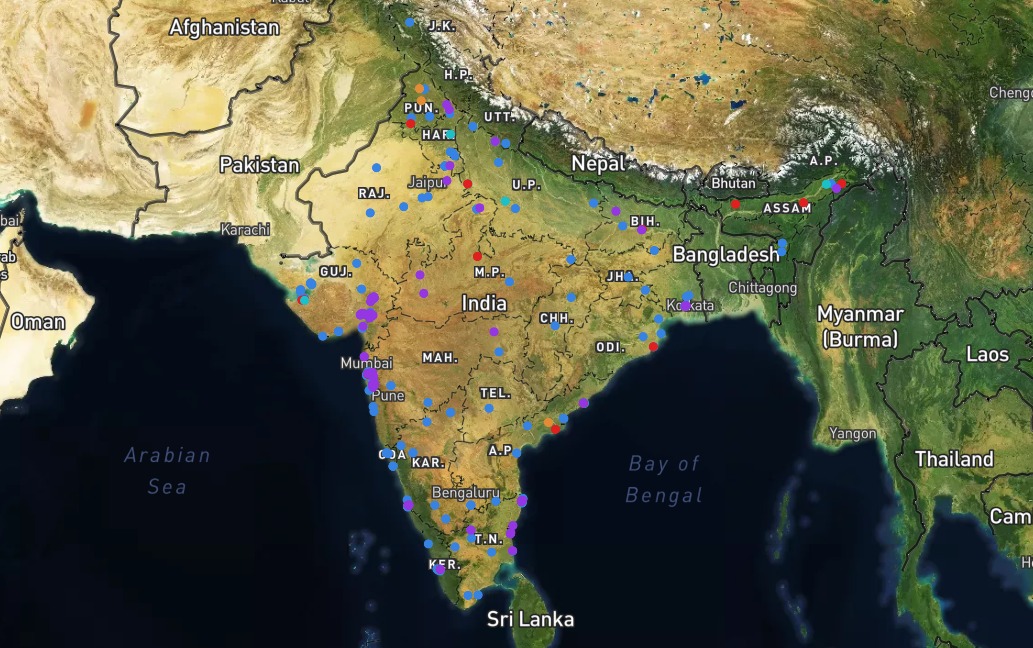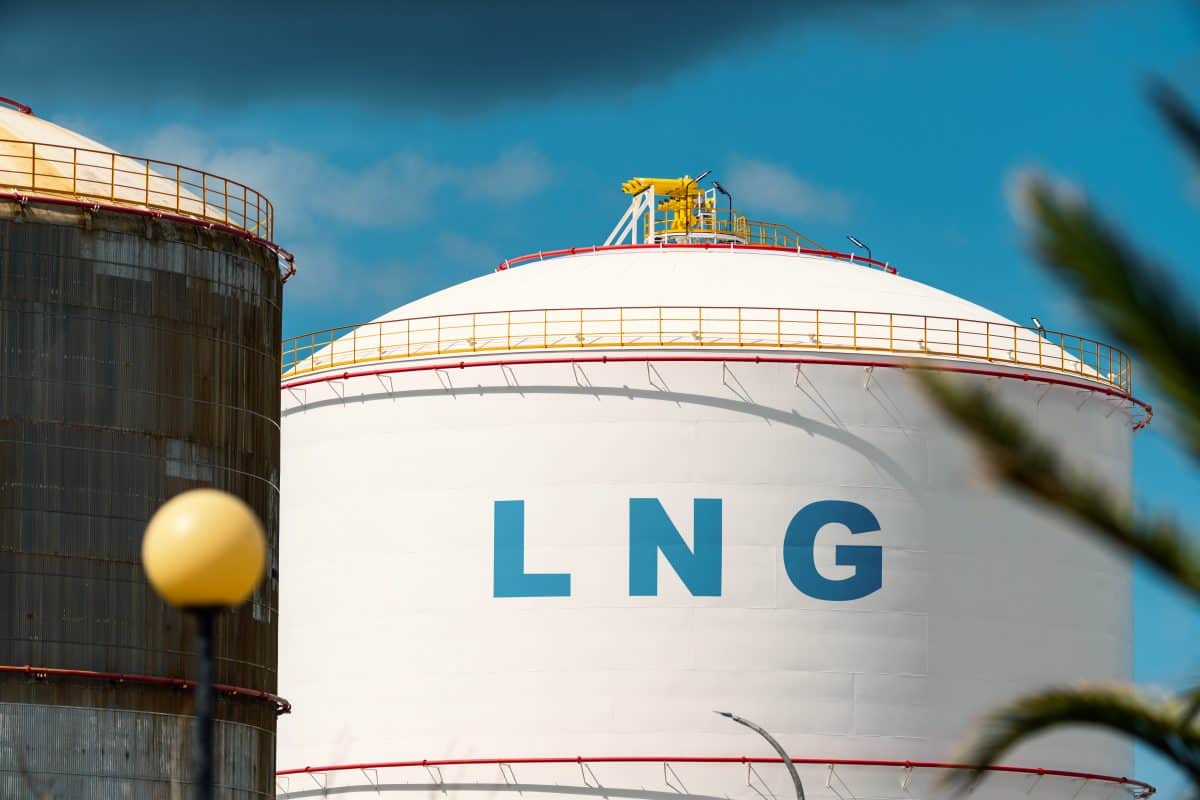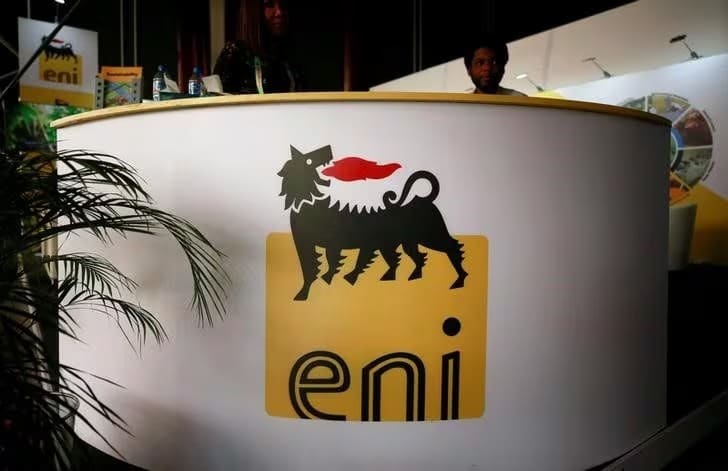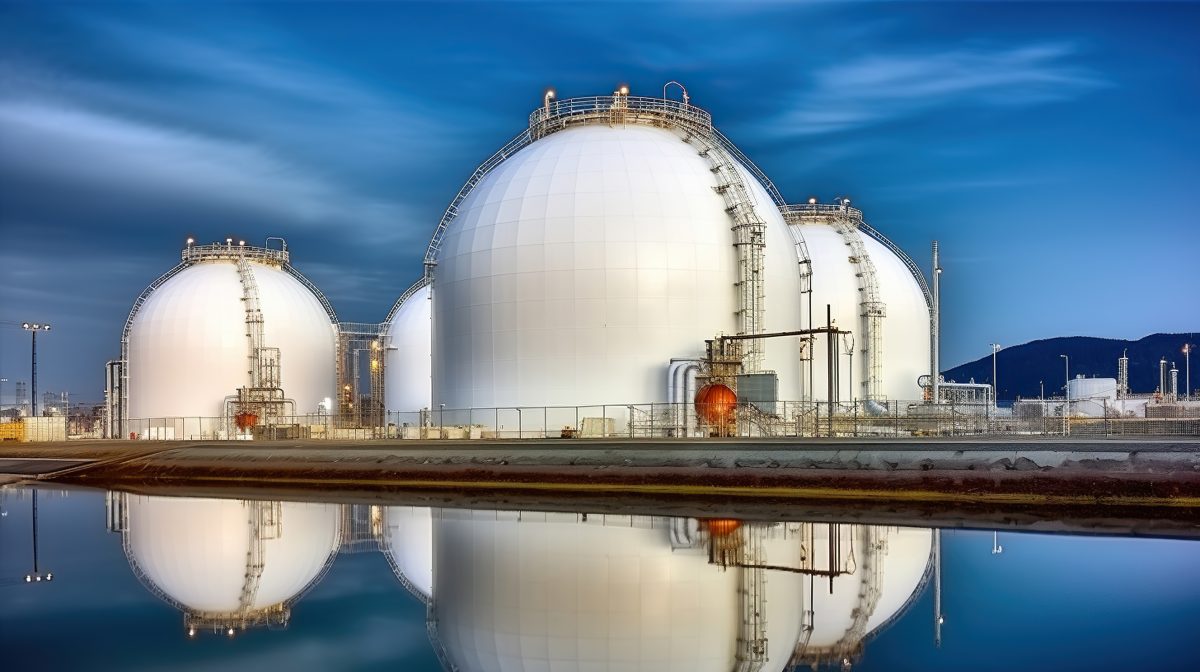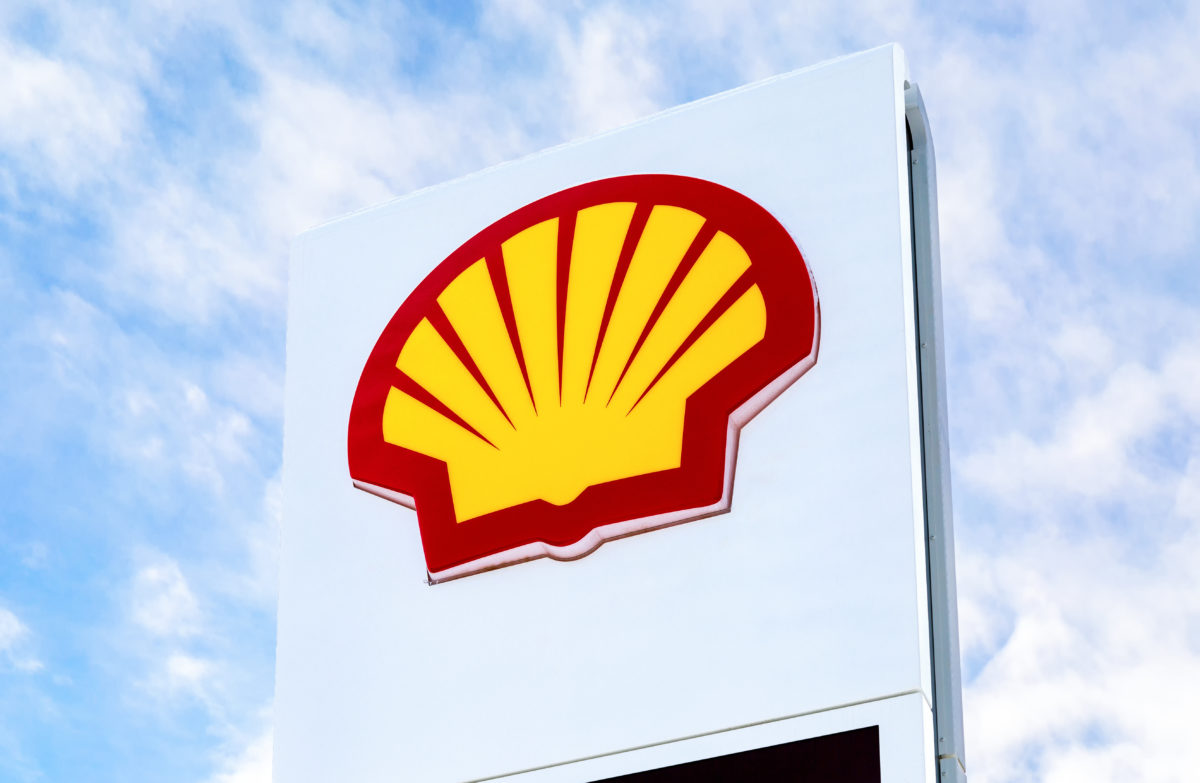Since Saudi Arabia’s announcement that it is scrapping plans to expand its oil production capacity by 1 million barrels per day (bpd), speculation has flourished about the reasons behind the decision.
First, analysts speculate that the outlook on long-term oil demand has come into question.
Next, investment banks suggest that supply growth from producers outside the OPEC+ agreement has surprised the market in the past two years, and the world’s top crude oil exporter, Saudi Arabia, may have recognized that it faces a problem and has to fight harder for its market share.
Then there is the belief that the surprise announcement from Saudi Aramco could support oil prices for longer.
Finally, the halted expansion is expected to save Saudi oil giant Aramco billions of U.S. dollars from capital expenditure on massive new projects, easing the pressure on the balance sheet and potentially leaving more cash for the coffers of the Kingdom, which is planning an enormous amount of spending on futuristic projects such as the NEOM project—a key pillar of Saudi Arabia’s Vision 2030 program to boost its economy and diversify it away from oil.
Aramco said this week it was ordered by the Kingdom’s leadership to stop work on expanding its maximum sustainable capacity to 13 million barrels per day, instead keeping it at 12 million bpd. The world’s biggest oil firm said in a statement on Tuesday that it would update its capital spending plans for the year in March when it announces its 2023 financial results.
Saudi Arabia may have surprised markets with the announcement, but the decision was being deliberated for at least six months due to concerns that the world’s top crude exporter wasn’t fully monetizing its excess capacity, Reuters reported on Wednesday, quoting an industry source.
Oil Demand Concerns?
Neither Aramco nor Saudi Arabia provided reasons for the decision to abandon plans for capacity expansion. The knee-jerk reaction from analysts and market participants was that the world’s biggest oil exporter may have revised down its expectations of oil demand in the long term.
Publicly, the Saudis and OPEC continue to say that demand will continue growing and that the world will need more oil and gas to offset declining output from mature fields.
OPEC has even raised significantly its long-term oil demand outlook and now expects global oil demand at around 116 million bpd in 2045, up by 6 million bpd compared to the previous assessment from last year, as energy consumption continues to grow and will need all forms of energy.
The International Energy Agency (IEA), however, says peak oil demand is in sight by the end of this decade.
As Saudi Arabia is leading efforts to manage oil supply from OPEC+, it may have decided that its current maximum sustainable capacity of 12 million bpd is enough, considering that it now has 3 million bpd of spare production capacity.
The Kingdom has only rarely supplied more than 11 million bpd to the market, for example, in the early months of 2020 amid the full-blown price war with Russia while prices were tanking as Covid was destroying demand.
Currently, Saudi Arabia produces 9 million bpd of crude as it leads OPEC+ efforts to “stabilize the market.”
Non-OPEC Competition for Supply
Apart from concerns about demand in the long term, the other most discussed reason for the Saudi U-turn on expanding capacity is the stronger supply growth from non-OPEC+ producers in recent years, most of all, the United States, many analysts say.
“Riyadh sees softer balances in the next few years, mainly on supply outside OPEC+,” Bob McNally, president of consultancy Rapidan Energy Group and a former White House official, told Bloomberg.
According to Martijn Rats, global oil strategist at Morgan Stanley, with the stronger-than-expected supply from the U.S. and other non-OPEC+ producers, “the room in the oil market for OPEC oil came under pressure.”
Barclays, for its part, believes the Saudi halt to expansion is driven more by the surprisingly strong supply response outside the OPEC+ alliance, rather than a lowered demand forecast.
“If the demand outlook were deteriorating, as one of the lowest cost producers, Saudi Arabia would arguably be better off increasing its output to slow the pace of transition and investments in international capacity,” Barclays said in a note carried by Reuters.
Citi says the Saudi decision could mean that OPEC+ has started to recognize that it has a problem.
“Namely the size of the growing capacity overhang in global oil markets and the need for KSA to continue to cede market share to accommodate growth of competitors (US shale, Guyana, Brazil),” Citi Research said.
“The market should probably assume that KSA is willing to defend $70/barrel at all costs, at least in the short-term.”
Saudi Budget
The lower capex from Aramco, now that the expansion is halted, could boost income for the Kingdom, which looks to invest in tourism, digital cities, and cutting-edge futuristic new ventures.
Bank Emirates NBD expects Saudi Arabia’s budget deficit to widen to -4.3% of GDP this year, versus the official estimate of -1.9% of GDP.
“For 2024, we expect oil prices to average USD 82.5/b, similar to 2023,” Emirates NBD said in January.
“However with Saudi Arabia now extending its 1mn b/d voluntary production cut at least through March 2024 and only gradually recovering thereafter, we expect the volume of oil sold to decline by around -4% from average 2023 levels, weighing on budget revenue.”
By Oilprice.com / Tsvetana Paraskova , February 5, 2024



